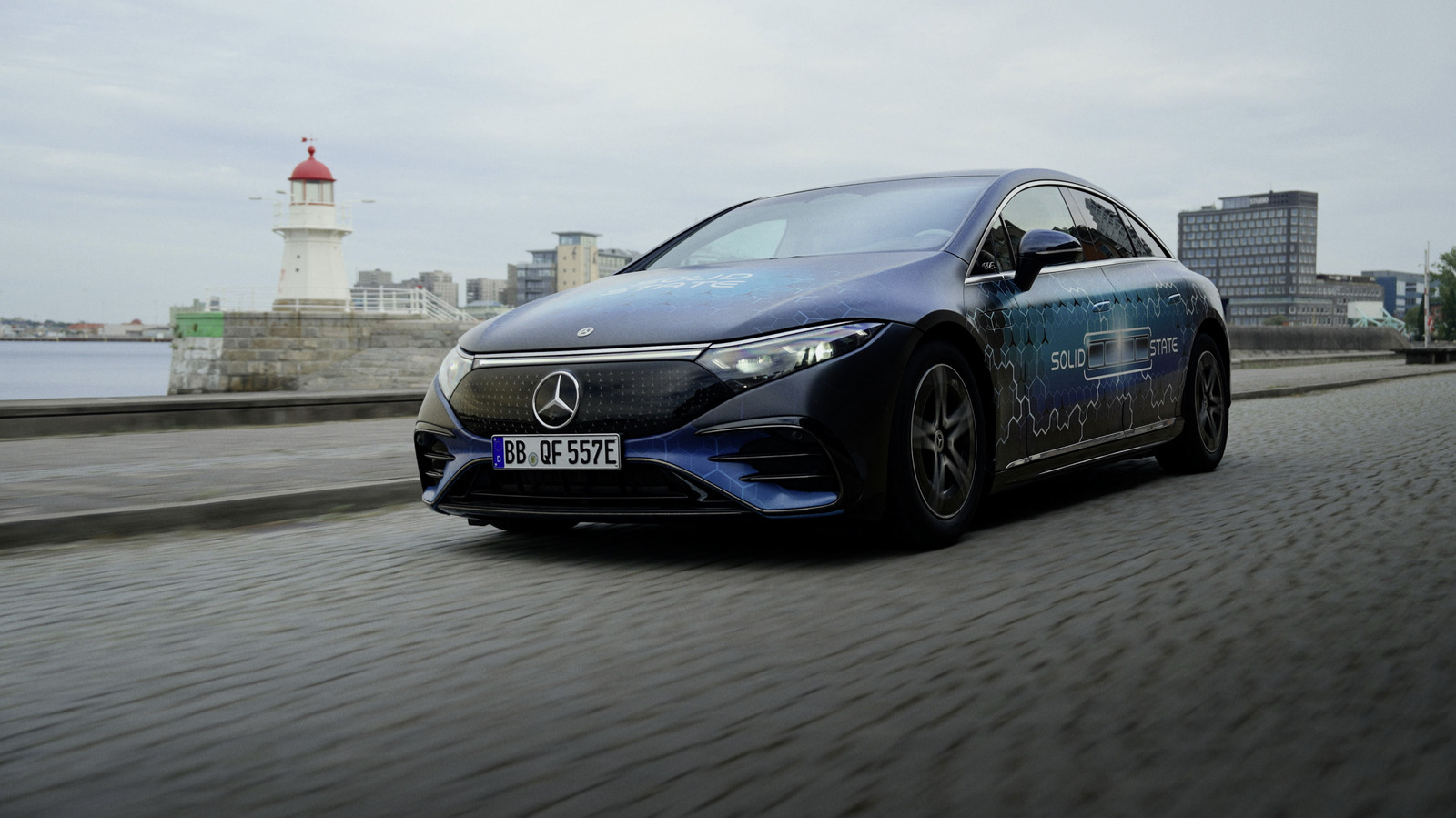How Did Mercedes-Benz Achieve Nearly 750 Miles on a Single Charge?
When you hear about electric vehicles, range anxiety is usually the first thing that comes to mind. Mercedes-Benz just threw down the gauntlet by announcing a prototype EV with almost 750 miles of range—thanks to solid-state battery technology. That’s not a typo. This isn’t a pie-in-the-sky concept, either; it’s a real-world test, with a modified EQS sedan making the journey from Germany to Sweden on a single charge.
So, how did they pull this off? The secret sauce is in the battery. Unlike traditional lithium-ion packs, solid-state batteries use a solid electrolyte instead of a liquid one. This change isn’t just a minor tweak. It allows for a denser arrangement of energy-storing materials, which means more juice in the same space. Mercedes’ engineers have been working with partners to refine the chemistry and manufacturing process, focusing on safety, longevity, and—crucially—energy density.
What Makes Solid-State Batteries So Special for Electric Cars?
Solid-state batteries have been called the “holy grail” of EVs for good reason. They promise higher energy density, faster charging, and greater safety compared to the lithium-ion batteries most EVs use today. The solid electrolyte is less flammable, reducing fire risk—a concern that’s made headlines more than once with conventional batteries.
But the real game-changer is energy density. According to recent research from the Fraunhofer Institute, solid-state batteries can theoretically store up to twice as much energy as today’s best lithium-ion cells. That translates directly to longer range or, if automakers prefer, smaller and lighter battery packs for the same range. Mercedes’ 750-mile run is a showcase of what’s possible when you push this technology to its limits.
Are There Any Downsides or Challenges to Solid-State Batteries?
Of course, no technology is perfect. Solid-state batteries are notoriously tricky to manufacture at scale. The materials can be brittle, and ensuring a good connection between the solid electrolyte and the electrodes is a major engineering challenge. That’s why, despite years of hype, you haven’t seen these batteries in your local dealership yet.
Cost is another hurdle. Right now, solid-state cells are significantly more expensive to produce than their lithium-ion counterparts. However, as with most new tech, prices are expected to fall as production ramps up and processes become more efficient. Toyota, BMW, and other major automakers are also investing heavily in this space, betting that these challenges can be overcome within the next few years.
How Does This Breakthrough Affect Everyday Drivers?
Let’s get practical. If Mercedes-Benz can bring this technology to market, it could mean the end of range anxiety for good. Imagine driving from New York to Chicago without stopping to charge—or only needing a quick top-up on a cross-country road trip. That’s a seismic shift in how we think about EVs.
It’s not just about range, though. Solid-state batteries could also enable faster charging times, potentially slashing the hours spent at charging stations to mere minutes. And with improved safety and longevity, the total cost of ownership for EVs could drop, making them more appealing to a broader range of drivers.
What’s Next for Solid-State Batteries and the EV Industry?
Mercedes’ prototype is a tantalizing glimpse of what’s coming, but don’t expect to see 750-mile EVs in showrooms next month. Most experts, including those at BloombergNEF, predict that solid-state batteries will start appearing in high-end vehicles around 2027, with broader adoption following as costs decrease and manufacturing scales up.
In the meantime, keep an eye on pilot projects and limited releases from major automakers. Each new test brings us closer to mainstream adoption. And as infrastructure improves—think more fast chargers and better grid integration—the benefits of solid-state tech will only multiply.
The big takeaway? Solid-state batteries aren’t about perfection—they’re about smarter adjustments. Start with one change this week, and you’ll likely spot the difference by month’s end. Whether that’s learning more about EVs, considering a hybrid, or just following the latest breakthroughs, staying informed puts you in the driver’s seat for the next wave of automotive innovation.


